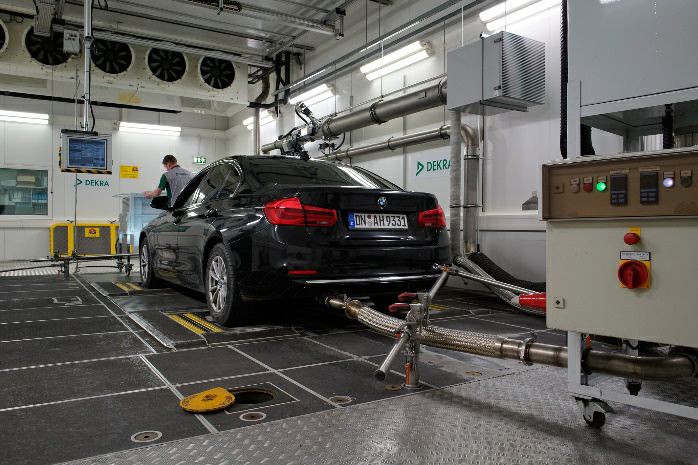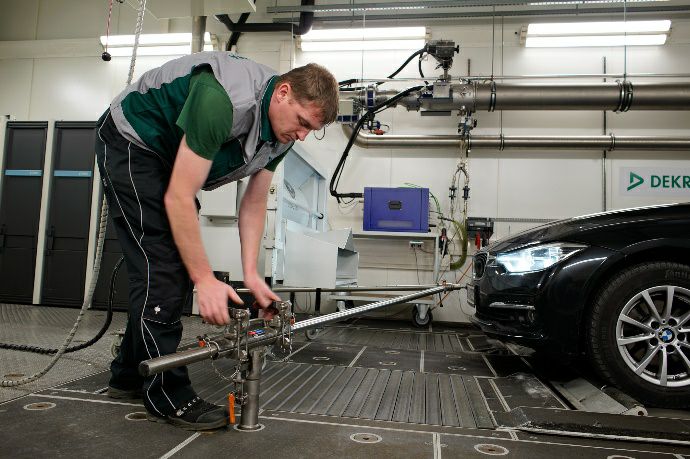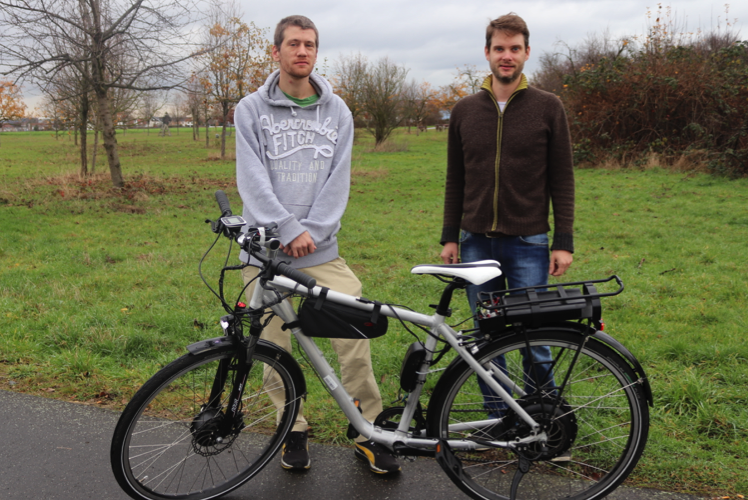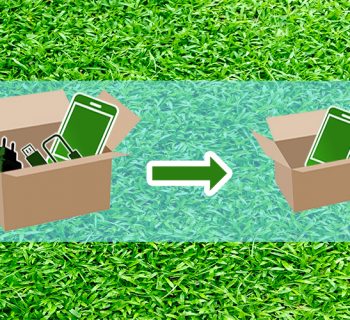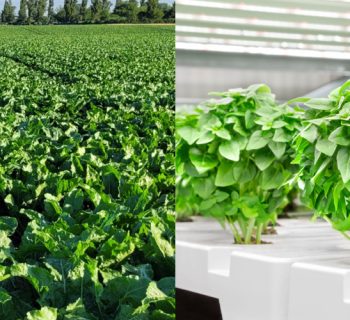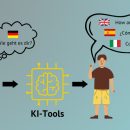Since September 2018 the "Worldwide Harmonized Light Vehicles Test Procedure" (WLTP) is supposed to investigate the CO2 and pollutant emissions and fuel consumption of cars. The goal is to create a global standard for those numbers and to make the measurements more accurate. But the new testing procedure also includes problems. //Von Antonia Lehmann und Anna Grommes
WLTP is a modernized workflow for testing pollutant and C02 emission, as well as the fuel and power consumption. The testing includes a new driving profile and more precise general conditions. Goal of the WLTP is to give a more realistic consumption data. Since September 1st, 2018 the first registration of a vehicle must be certified by WLTP. This not only applies to the EU, but also to Switzerland, Lichtenstein, Iceland, Turkey and Israel. Since the beginning of the 1990s the EU vehicle emissions are determined in a uniform way. The type of certification required is dictated by legislation. In the past the tested emissions were 30 percent lower than the real emissions measured with the "New European Driving Cycle" (NEDC). That's why in 2017 the new "Worldwide Harmonized Light Vehicles Test Procedure" (WLTP) was introduced.
Developed with worldwide collected driving data
The new testing cycle was developed using worldwide collected driving data, to make the testing cycle as close to real road driving as possible. It simulates driving situations that occur within cities to those on the highway. Compared to the NEDC, the WLTP is more complicated and involves longer test time, and route length. A higher middle and maximum speed, and distinctly more acceleration and breaking operations are also tested. Completely new components include the consideration of individual vehicle weight, rolling resistance, aerodynamics and on-board electricity demand. In Germany the Technical Inspection Association (TÜV), the DEKRA, or the manufacturer themselves perform the emission measurement. Sometimes it’s supervised by the Kraftfahrt-Bundesamt (KBA), a higher federal authority responsible for traffic.
Furthermore, the KBA perform their own tests, done both randomly and when there’s a specific suspicion. In the future, not only the cheapest equipment variant needs to be tested, but every single variant that is configurable. Due to only testing the car model with the cheapest equipment let to lower emissions, because the cheaper equipment meant also lower weight. This is one of the reasons for big consumption variations between the tested emissions and the real-life emissions.
Every car needs to drive through a driving cycle
Before the car that must be tested can drive onto the test platform, driving resistors need to be generated artificially since the test bench is a very artificial driving situation. Before the WLTP-measuring, first the rolling resistance and the drag needs to be determined. Based on these measurements the resistance on the test bench are adjusted.
On the test bench every car model needs to undergo a driving cycle. This is where one can find the biggest difference between the NEDC and the WLTP. For example, the driving cycle for the NEDC is 20 minutes long while the WLTP driving cycle is 30 minutes long. Also the driving route length is extended. The NEDC route was about eleven kilometers long, while the WLTP route is 23 kilometers long. Also the top test speed was increased, from 120 kilometers per hour to 131 kilometers per hour. While driving through this cycle, the CO2 emission, as well as the fuel and power consumption are measured. These measurements determine which norm of the EU the car has and how much the consumption is.
Klicken Sie auf den unteren Button, um den Inhalt von datawrapper.dwcdn.net zu laden.
Real Drive Emission will be mandatory
As an addition to the WLTP from the 1. September 2019 the "Real Drive Emission" (RDE) will be mandatory. This test will be executed on the road. The car gets a portable test device and will drive in real live situations. In this test, air conditioning and light will also be used. When the car passes the RDE-Test, it will get the Euro 6d-Temp label. The WLTP-Test on its own will only get the Euro 6c label. Important is, that cars with the Euro 6d-Temp label will not be affected by the driving ban. Frank Schneider, from the department vehicle and mobility from the Verband TÜV, thinks the WLTP is a better procedure than the NEDC, but also sees a problem: "The procedure is clearly more realistic, but it would be a big coincidence when a person drives exactly like the car in the laboratory."
Vehicle tax will rise
For the consumers the WLTP seems to be a great advantage in contrast to the NEDC because the numbers for CO2 emission and fuel consumptions are improved and more precised. But when you take a closer look, the WLTP includes some negative aspects for consumers. First, the vehicle tax will rise. That's because it gets calculated by the number of the CO2 emission. Because of the more realistic and often also higher CO2 results, people who buy a new car after the September 1st must expect an incline up to 70 percent. So, although the cars are the same and the CO2 emission too, consumers must pay a higher vehicle tax. For Schneider the higher tax is justified: "I think it's fair. People who emit more, must pay more. It accords to the causative principle."
Some models aren't available at the moment
Secondly, the producers fight with delivery problems. The capacities of the test laboratories are exhausted and the WLTP is more time-consuming than the NEDC. Some models aren't available at the moment because like zibb-expert (zibb is a german TV-magazine from the broadcaster rbb) Reinhard Rychlik explains, the producers reacted too late to the WLTP. The long delivery times occur because the producers first tried to change their motors; so they can sign them as a Euro 6d or Euro 6d Temp vehicles. Car buyers also got an advantage with the new test procedure: Producers gave huge discounts on the cars that aren't allowed to be registered after September 1st, 2018. Because the numbers are more realistic, the buyers can be sure that they get a low-emission car.
Car manufacturers aren't able to sell cars
The ARD, a joint organization of Germany's regional public-service broadcasters, reported that some producers also try to hide the fact that their models can't be sold anymore because they aren't proofed yet. What's astonishing is that they still produce the models and park them somewhere (for example Volkswagen parks their cars at the Berlin Brandenburg Airport). Also, some models will not be produced anymore over a period of time. The car dealerships can't tell their clients the right numbers for the CO2 emission and the fuel consumption when the model isn't proofed with the WLTP. So the client isn't informed correctly. When a customer buys a car, he must expect that the producer will change some numbers after the contract is signed. With a rider the producers get allowed to change the order. When the buyer is against that he has to cancel the contract and you can only achieve this with the help from a lawyer. This problem also was reported by in the report from the ARD.
Companies reacted too late
BMW has tested many models already, but still some are not offered for sale. From the model seven you can't buy a car that runs on petrol. Daimler has also tested nearly all their cars. Just some varies from their models are cancelled. Opel seems to have no problems. Audi as a daughter of Volkswagen has the same problems. They are waiting to pass the new emission testing and therefore they must shut down their production after the holidays. The producers say that they only had 13 months' time after the entry into force of an act. In reality the WLTP is discussed in the United Nations since 2009 - and the car producers were involved in those conversations and negotiations. To refer to the zibb-report again, the producers didn't manage their time well. technikjournal can't proof these information with different sources, besides the reports of ARD and rbb.
Future
The ADAC demands a reform in the vehicle tax. The tax should be adapted to the WLTP. Because the CO2 emission is more realistic and the tax higher, the ADAC suggests that people are more likely to invest in cars that are fuel-efficient.
We asked the leading german car-manufacturers two questions about WLTP
Klicken Sie auf den unteren Button, um den Inhalt von datawrapper.dwcdn.net zu laden.
German original statements from the car manufacturers
Teaserbild: Pixabay, freie kommerzielle Nutzung, kein Bildnachweis nötig CCO
Die Autorinnen

Anna Grommes

Antonia Lehmann


